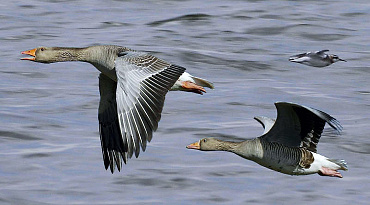
TO BE A BIRDWATCHER!
May, June, July, August
3 days
1 city
Внимание!Сайт компании «Балтма Турс» обновлён. Старая версия сайта находится по ссылке: old.baltma.ru
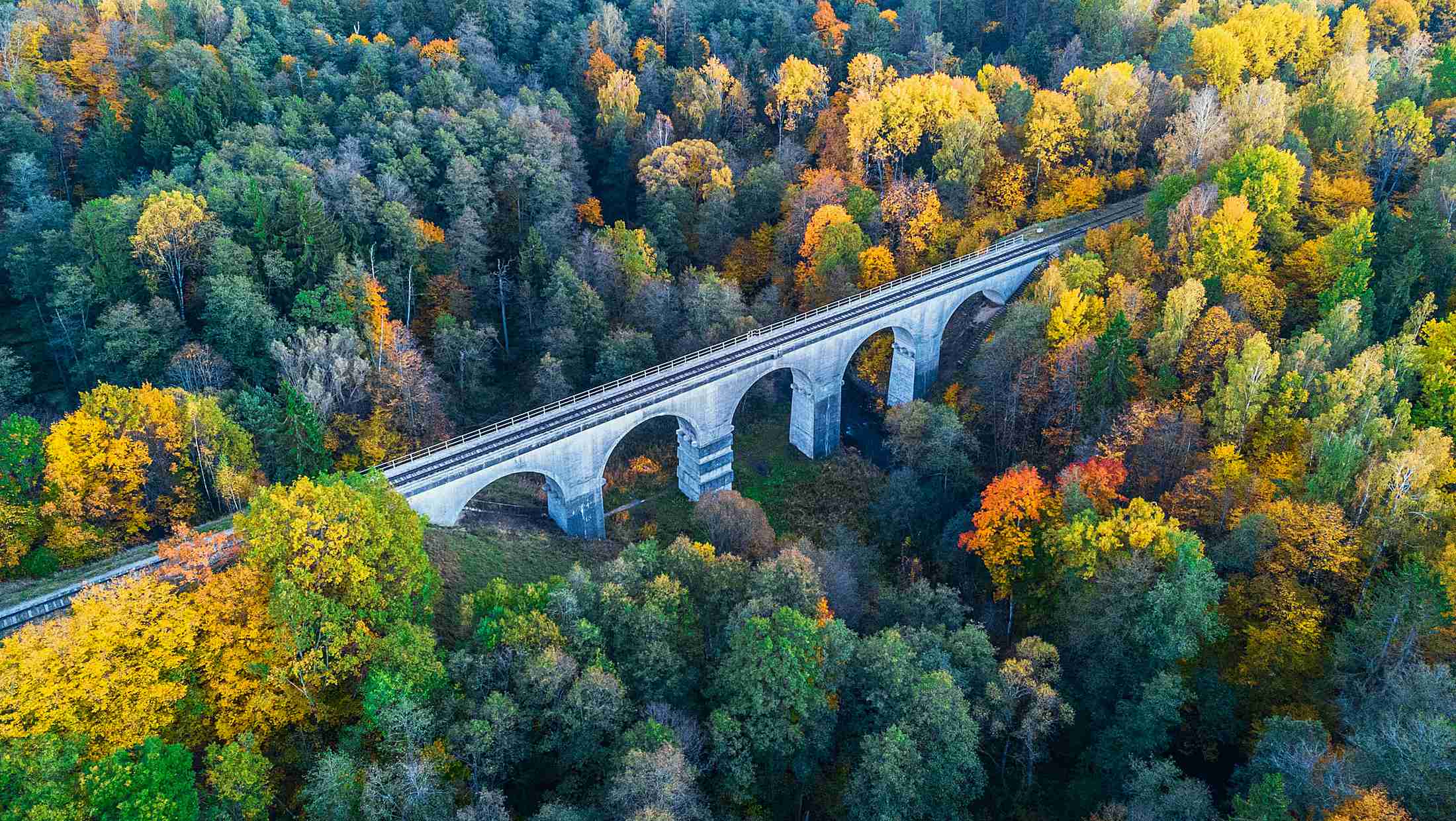
Multi-day tour for adventure and drive lovers
Location
The Curonian spit
Mushkino farm
Zheleznodorozhny
Polessk
Chernyakhovsk
Gusev
Krasnolesye
Svetlogorsk
Yantarny
Duration
8 days
Price
upon request

Meeting at the airport and transfer to the hotel "Usadba". Accommodation and lunch at the hotel.
After lunch meeting with the guide. We leave for a tour of Kaliningrad.
Kaliningrad is located on the southern coast of the Baltic Sea and since 1946 has been the center of the westernmost region of Russia. For Russians, as well as for residents of the whole world, Kaliningrad, first of all, is known as the former capital of East Prussia - Königsberg. Today's Kaliningrad fancifully combines the signs of a modern Russian city and a European city. German and Russian history weaved here into a single thread of time, moving into new forms.
After a sightseeing tour the dinner at the «Dolce Vita» restaurant.
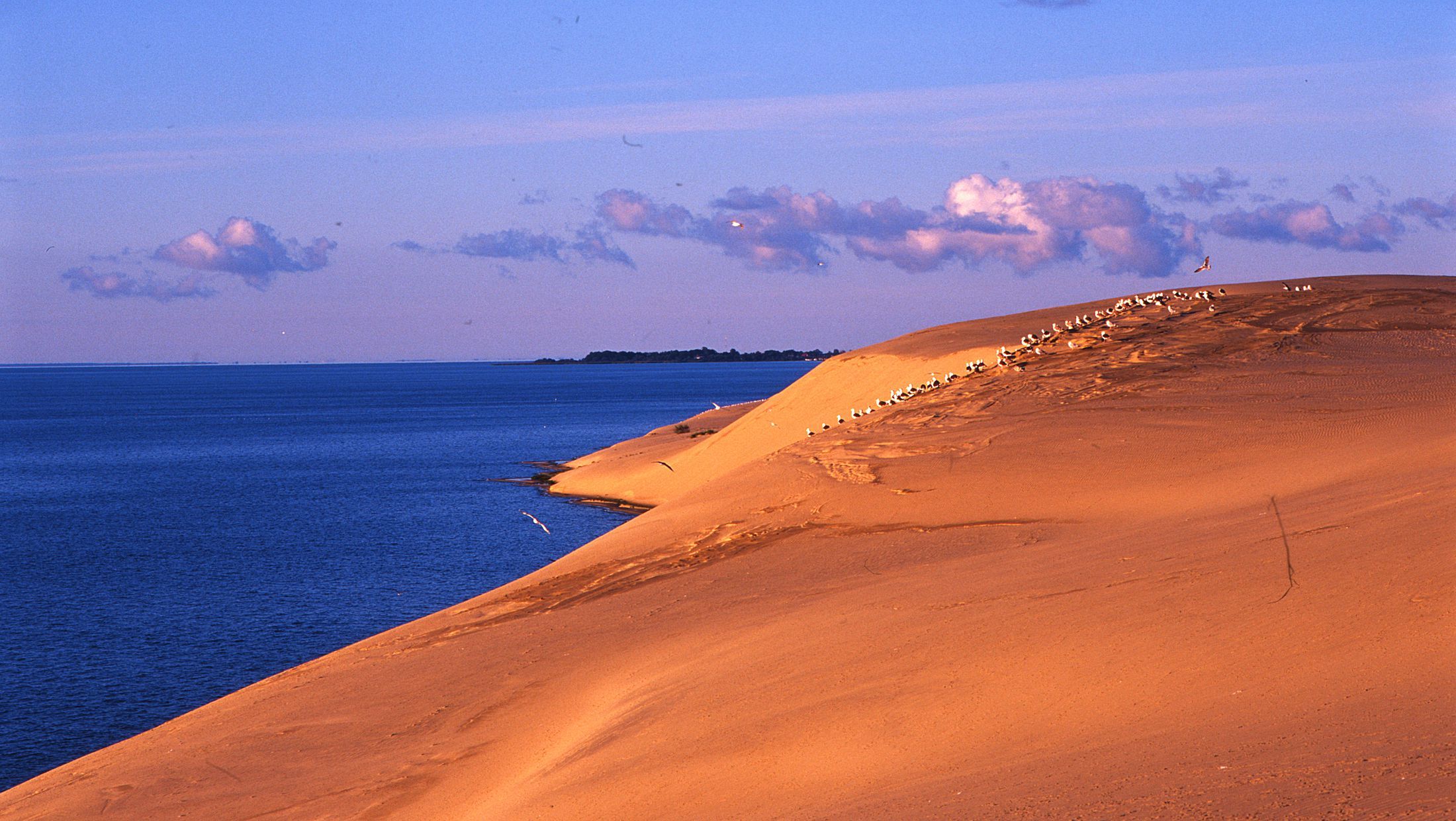
After a hearty breakfast at the Usadba Hotel, we leave for the Curonian Spit for an unforgettable experience with nature. Pine forests, snow-white sandy beaches and solitude - this is what awaits tourists during an excursion in this unique place. You will visit the oldest ornithological station in Europe, get a unique chance to see how the bird is ringing, and after that you will climb to the site of one of the dunes to hear the voice of the famous singing sands ...
At the end of the last century, the Curonian Spit - then the far outskirts of Prussia - was visited by Dr. Johannes Thienemann, a famous German educator. He found that the spit serves as a route for an unusually powerful and low flight of birds. It seemed that nature itself created this place for the study of flights. And in 1901, an ornithological station was created here, headed by the pastor himself.
Our route passes through the territory of the field station of the Biological Bird Ringing Station. A tour of the Fringilla Field Station is conducted by qualified ornithologists. Today the field station of Fringilla Biostation is a favorite place for visiting tourists traveling along the Curonian Spit.
Then we will have an open-air picnic lunch on the coast of the Curonian lagoon with fish soup from the famous Baltic pike perch and various fish delicacies. After the lunch, we will continue our tour in the National Park, and climb to the observation deck of the height of Efa.
The route “Vysota Efa” begins on the highway in a forest clearing, after 200 meters turning onto a forest path, climbing a wooden deck with steps, travelers get to the first observation deck, which offers a rare beauty on the white and gray dunes, Curonian bay, green forest and the Baltic Sea. Directly south between the observation deck and the bay there is Staroselskaya Gora. According to the legend, it was here where a pagan fortress was located, where the Curonians worshiped their gods.
And if you go 350 meters futher on a wooden floor, climb up to the second observation deck you can see the shore of the Curonian lagoon, endless dunes, the forested dune of Efa and the village of Morskoye with its picturesque houses covered with red tiles.
After the busy day, return to the Usadba hotel, dinner at the hotel.

Breakfast at the hotel, check out.
We head to the West of the region past the ruins of the Brandenburg castle in the natural and historical complex of Balga, on the territory of which the first Crusader castle was founded in 1237.
In addition to the historical excursion, we are waiting for a unique communication with nature - a water Safari through the charming lowland swamp "Primorskoe", which is a place of large concentrations of migratory waterfowl.
Our next point is Mushkino Farm with Safari Park. Farm located on the “border” with Klingbeck forest, in the past used to be part of the noble estate of Gross Klingbeck and used to spread over 800 ha of land.
Lunch at the farm.
After lunch we will head to Zheleznodorozhny village. In 1325 the knights of the Teutonic Order built a castle there together with a water mill. The ancient name of the village was called Gerdauen. For the past 700 years not much has changed there. During the World War II the village was not destroyed and during the Soviet times nothing was really happening there so it has kept the charm of a small Prussian village.
Today, many restoration efforts have taken place as the government decides to revive the village in an effort to drive tourism there.
Our next stop is the visit of the lock dam of Mazurian canal. The upper lock was built in 1930.
We then continue to Hotel Langendorf. Check in and dinner at the countryside hotel. Castle Hotel Langendorf has a unique location. It is situated right on the Pregolia, the main river of the region. Pregolia river connects both the Kaliningrad and Curionian Bays. Langendorf Castle estate is a unique resort where history is harmonically entwined with contemporary comfort.
Today it is a gorgeous hotel with a restaurant, Russian sauna, wellness center, watersport activities on the river, a library with a fireplace and most importantly the territory of the estate.

Breakfast at the hotel, departure to Polessk, stop at the monastery (Izobilnoye settlement).
The monastery of the Icon of the Mother of God, Sovereign, is located in a picturesque natural corner of the village of Izobilnoye, Polessky district.
Before the war, there was a small settlement Daimyekhёh and the manor of the same name. After renaming of the village in 1946, the estate and the surviving outbuildings were given to the needs of the collective farm. After almost 40 years, the inhabitants of the village turned to Archbishop Kirill of Smolensk and Vyazemsky (now His Holiness Patriarch of Moscow and All Russia) with an offer to acquire land and the building of a former German estate. The request was granted and, after 5 years, all buildings were transferred to the Russian Orthodox Church. The abundance of greenery, a small pond and silence are the best for walks and spiritual thoughts. Each visitor of the monastery feels peace and comfort, especially if you meet with the abbess of the monastery nun Antonina (Makeeva).
After an hour's journey, you will arrive at the main point of travel, to the “Kaliningrad Netherlands” - polders (lands lying below sea level) located in the Polessky and Slavsky districts of the region. Such lands are formed by rivers, canals, seas for centuries. The waters of the Neman River created this unique landscape, spilling during the floods. Since the XVI century, people drained these lands with systems of dams, canals and pumping stations. Today, the area of such territories is more than 100,000 hectares. In the second half of the XVII century, under the leadership of Countess Louise Catharina von Truchsess, the construction of navigable canals between the rivers Deyma and Gilge (Matrosovka) was carried out. Initially, a 6-kilometer canal was built between the Gilge and Nemonin rivers. A second channel with the length of 19 km connected Deima with Nemonin. The total construction time was 9 years (1688-1697).
In honor of Elector Friedrich III, the canals were called the "canals of Friedrich" (Small and Large). Their modern names are Nemoninsky and Polessky. The total length of the path fr om Polessk to Sovetsk through canals was about 70 km! Next we go to the village of Golovkino. It is here wh ere numerous routes begin along the Polessky canals, rivers and the Curonian lagoon. Our kayaking route will be accompanied by experienced instructors - real experts in these places - they will not only teach you the basics of rowing, but also show a lot of interesting things. The riverbeds flow here among the polders and are fortified by high dams, which, by itself, is unusual for the eye. You are waited by a journey through a network of canals - past moorings, old German pumping stations and locks, bird watching, interesting “animals”: cormorants, swans, ducks and even white-tailed eagles. It is here where the largest cormorant colony in Europe is recorded. Hordes of these birds live at the mouth of the Deyma River, in the Polessky district. By April, when the cormorant begins the nesting season, more than 10 thousand pairs flock here, and by the end of the season - up to 50 thousand! During the morning dawn, when birds massively fly to the sea “for fishing”, it becomes even a little creepy, and it is recalled the famous film by Alfred Hitchcock's “Birds”. At the end of the day, transfer to the Langendorf estate, overnight at the estate.<
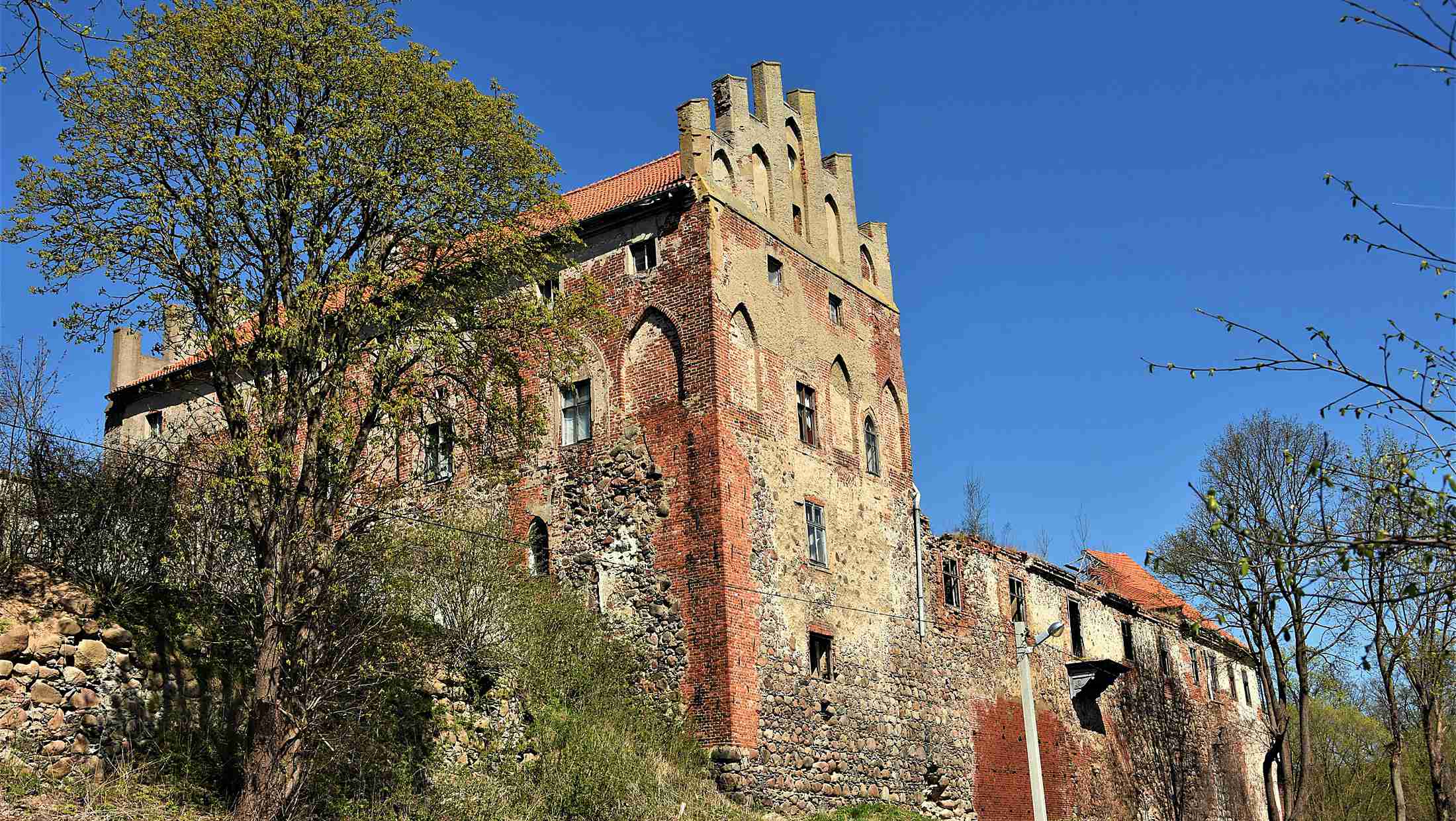
We set off on o Chernyakhovsk, where we will stop in the center at the monument to Barclay de Tolly, the author of the majestic monument is the world-famous sculptor Vladimir Surovtsev.
Then we set off on the village of Maevka, to the castle of Georgenburg - one of the best preserved and most beautiful Order castles in the Kaliningrad region. Built by the Master of the Teutonic Order, Winrich von Kniprode (1352-1382). As you know, in 1275, a significant part of Nadravia became the fortress-residence of Sambian bishops. The border of their possessions extended east of the modern city of Chernyakhovsk. This is one of the surviving castles today.
Not far on the hill stands the Bismarck Tower, a boulder structure similar to Georgian towers. This is a memorial tower in honor of the "Iron Chancellor", the only one preserved in our area.
We move further and on the way we will pay tribute to the great commander. Mikhail Bogdanovich Barclay de Tolly is a Minister of War, an outstanding strategist, creator of Russian intelligence, a hero of the war of 1812, the winner of Napoleon, who triumphantly entered Paris. On May 25, 1818, the Russian Field Marshal’s carriage made an emergency stop at the Zhilaytshen Manor. 200 years ago in this house the heart of the celebrated Russian commander stopped beating. Three years after the death of Prince Barclay de Tolly, a four-meter monument to Field Marshal was erected with funds donated by King Friedrich William III. The author of the project was the German sculptor Karl Friedrich Schinkel. The obelisk is cast iron, richly decorated, its upper part is decorated with twelve laurel wreaths. A picturesque linden alley leads to the monument.
By beautiful roads we set off on the city of Gusev, the journey takes about 40 minutes. The first mention of the name Gumbinnen (the old name of Gusev) dates back to 1580. After the Great Plague of 1709-1711, Gumbinnen became the organizational center of resettlement and colonization. The growth and development of the city was influenced by migration flows from Salzburg, France (Huguenots), Switzerland (Calvinists), Holland (Mennonites), Scotland, Lithuania, Poland and many German principalities. On March 14, 1724, Friedrich William I approved Gumbinnen as the seat of the “Lithuanian Deputation” formed on November 22, 1723, the governing body of the “Lithuanian”, eastern half of East Prussia. From this moment until 1945 the government of the easternmost district of the state stayed here. Now it is the most comfortable city in the Kaliningrad region with cozy streets and perfectly preserved pre-war architecture. We will see exquisite sculptures, sparkling domes of temples and monuments dedicated to the First World War, the famous fresco by Otto Hyert, on which there is King Friedrich Wilhelm I, meeting immigrants from Salzburg.
Lunch at a restaurant in Gusev. After lunch we set off on Krasnolesye. At the time of the Teutonic Order, the forest served as a hunting ground for the grandmaster and knights. From the 18th century The Red Forest turned into a reserve, and became known as the imperial hunting residence, which both Emperor Nicholas II and Count S.Yu. Witte visited.
Arrival at a charming guest house "Selden" in the village of Sosnovka. A magnificent dinner awaits you, which is prepared for you from homemade products and forest gifts by a wonderful hostess of the guest house.
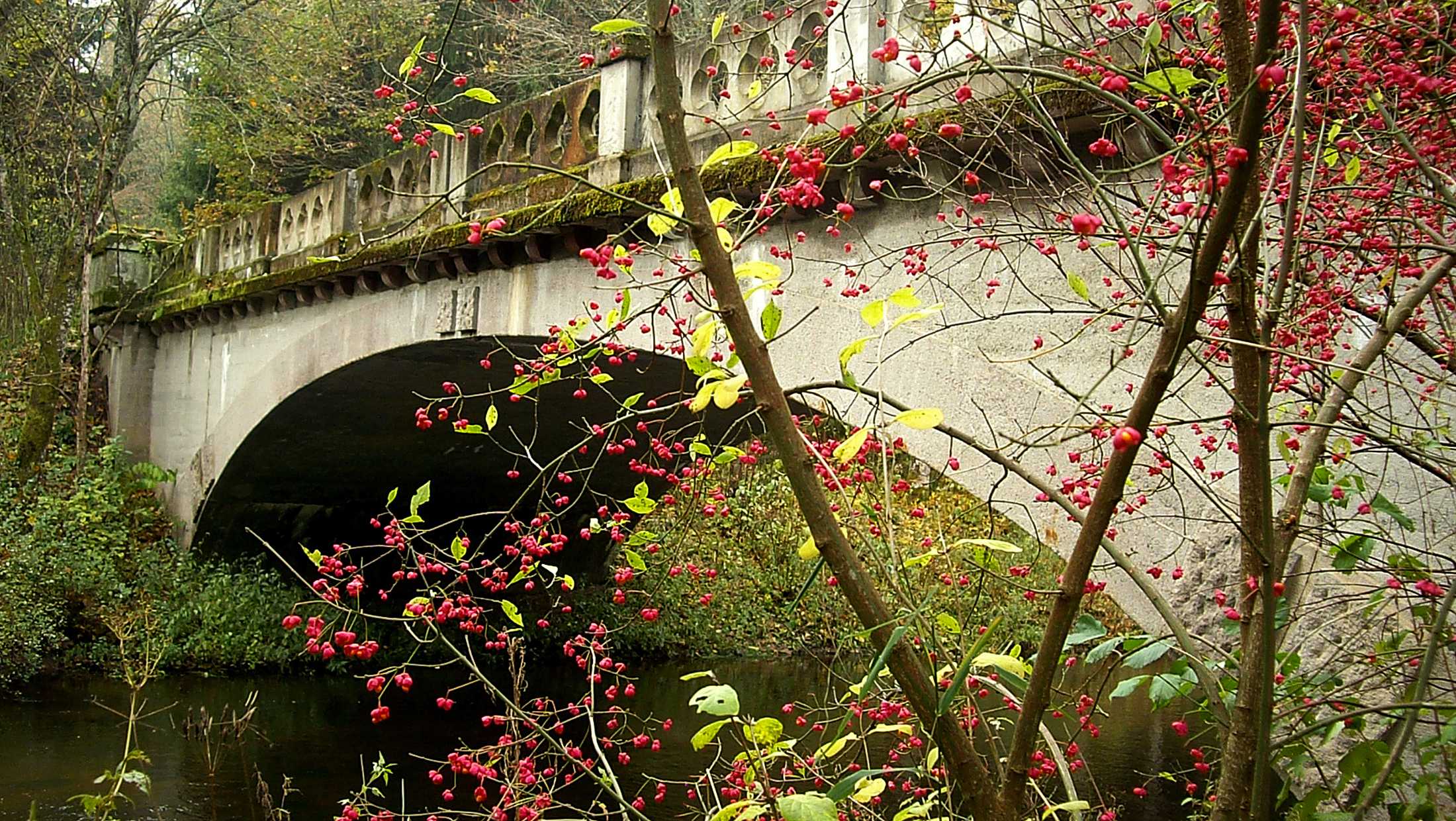
After breakfast an informative journey begins - a walk through one of the most beautiful and mysterious places of the Kaliningrad region - Rominta Forest, where natural uniqueness and historical heritage are intertwined in time from the ice age to the present day. You will get acquainted with the natural and historical and cultural sights of different eras and events, traveling along the route "Sosnovka village - the Black River - a memorial stone to the chief forester Paul Barkhausen - the Red River - a complex of the imperial hunting house and a memorial stone to Prince Friedrich Karl of Prussia."
Enjoy the clear waters of the Red River. This river flows under the closed branches of centuries-old trees, in few places you can go along its wild, overgrown banks, it is easier - by the water, along the green braids of water plants, scaring grayling and trout.
Lunch in the picturesque place on the bank of the river. The length of the route is about 75 km. And in the evening is a barbecue!

Homemade Rominta breakfast at the hotel. Then is the longest trip of the tour to the coast of the Baltic Sea, to the resort city of Svetlogorsk. The history of the development of Svetlogorsk as a resort and tourist center began in the middle of the XIX century. The visit of King of Prussia Friedrich-Wilhelm IV gave impetus to the arrangement of the coastal zone of Rauschen (since 1946 - Svetlogorsk). The place has become fashionable and has gained a reputation as a popular climatic resort.
You will learn a lot of interesting things about the architecture of the city. Indeed, such architects and sculptors lived in Rauschen as Goering, Hopp, Brachert, Kukuk, Wichmann.
You will discover Svetlogorsk as a unique arboretum. Pine is the most important tree of Svetlogorsk. And next to it, magnolia and North American hydrangea turn green, Vicha grapes wrap around a water tower - a symbol of old Raushen and today's Svetlogorsk. There is also a pyramidal oak, and Wilson's poplar, and heat-loving walnut. Another curiosity is Japanese forsythia. In the very center of the city is an old larch park (German: Larchenpark).
Lunch in the restaurant Loсal (hotel Madame L).
After lunch, we go along the sea coast to Yantarny - it is only 20 km fr om Svetlogorsk. The journey takes no more than 25 minutes. Yantarny is known for the largest in the world (about 90% of the world's reserves) deposit of high-quality Baltic amber, which is about 50 million years old, and it is the only place wh ere the amber is mined and processed industrially. In Yantarny (German: Palmniken), many old houses have been preserved. The former German hotel today houses a music school. In 1892, an evangelical church was built and consecrated for employees of the amber factory in Palmniken. This is a massive building from huge boulders with a pointed tower in the neo-Gothic style. The interior is made in the Romanesque style. Now this church has been restored and serves Orthodox believers.
The width of the beach at Yantarny is much wider than anywhere else on the coast of the peninsula, the space and silence are fascinating. In addition to the Baltic Sea coast, the village has a picturesque lake with fresh water, formed as a result of flooding of an extensive quarry.
In Yantarny there is Becker Park. It is a beautiful forested area with rare tree species. The park was laid by the German industrialist Moritz Becker in 1881 on the site of an old manor garden, in which lindens, red-leafed beeches, maples, oaks, chestnuts, silver poplars, elms and ash trees grew. Becker’s son brought rare trees from Japan and America: Japanese crimson, larch, Sith spruce, Menzies pseudotsug, Weimutov pine, and the North American “tulip tree”, unique in its beauty, which became the symbol of the park.
Accommodation at the Schloss Yantarny Hotel. Hotel Schloss Yantarny is a unique combination of historical atmosphere and modern comfort. Dinner at the hotel.
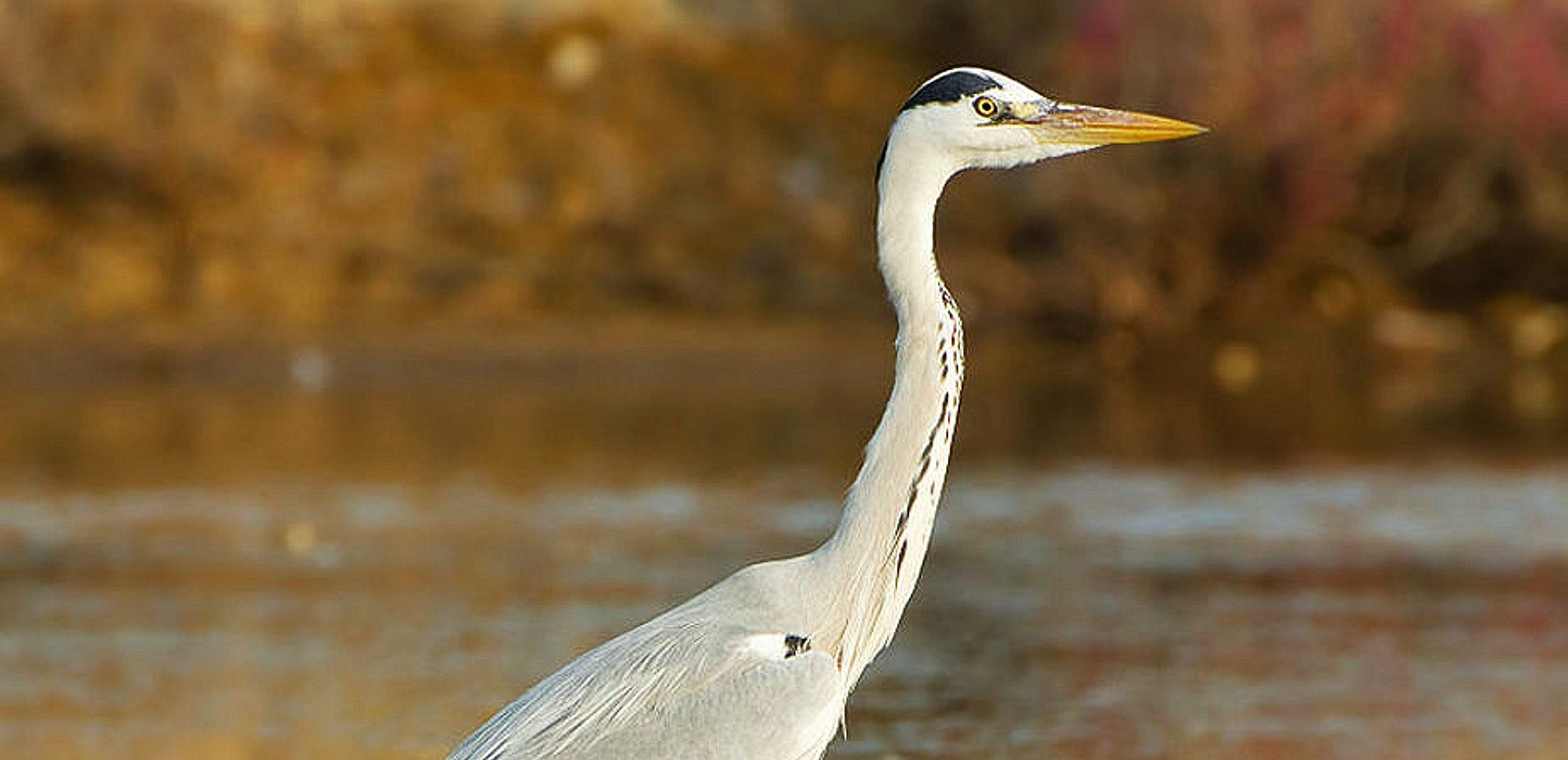
Breakfast in the hotel. Transfer to the airport!
Now in your luggage there is a huge number of new impressions from a meeting with the amber region - the Kaliningrad region! See you at the Baltic Sea!
Locations
The Curonian spit
Mushkino farm
Zheleznodorozhny
Polessk
Chernyakhovsk
Gusev
Krasnolesye
Svetlogorsk
Yantarny
Duration
8 days
SHARE
Additional Information
The price includes:
transport and guide, entrance tickets
The price for the excursion depends on:
- amount of people in the group (max. 6 pax)
- departure point (Kaliningrad or regional towns)
Indicate dates and number of travelers in the comment

Baltma Tours
about this tour
We offer you a new product that combines the spirit of adventure and exploration with relaxation in comfortable hotels,
with gourmet cuisine in fine restaurants and surrounded by nature, accompanied by the best guides. In any weather!
"I'm leaving for a safari to Kaliningrad region!" Feel how it sounds?
Immerse yourself in the medieval history of Königsberg and get acquainted with the new history of Kaliningrad.
For someone, going out into the countryside is a moment to breathe deeply strength and freedom, and gain energy.
Others chose an expeditionary life consciously, and can no longer imagine themselves
without a long search for harmony in nature and in themselves.
Nature has endowed the Kaliningrad region with countless treasures: the largest amber deposit,
the sea and bays, the Curonian Spit and the Rominten Forest, horseback marshes and polder lands.
Unusual? Yes!
In this region, mixed and coniferous forests predominate, while
how broadleaf ones were cut down in this area several centuries ago.
The most wooded area is the eastern part of the region. A special delicacy and variety is the Red Forest.
Animals in the area are diverse. One of the largest inhabitants is the moose.
In the territory of the Kaliningrad region, 6 ornithological territories are described
of global and pan-European importance. Attraction here is the nesting colony
Great Cormorant and Gray Heron, to see which is the purpose of our journey.
And also, of course, acquaintance with the seven-century heritage of East Prussia.
So go ahead!